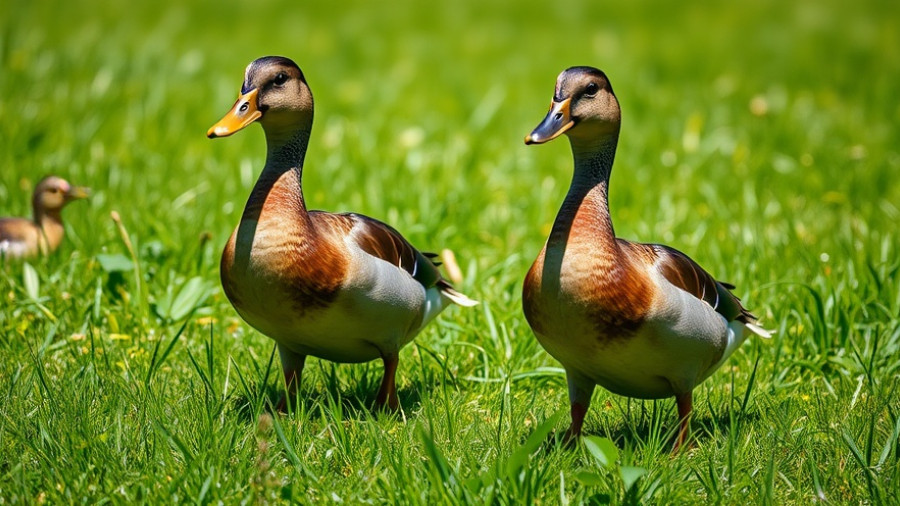
Worrying Signs: Bird Flu Linked to Swan Deaths in Westborough
Health officials in Westborough, Massachusetts, are sounding alarms after six swans were found dead near Mill Pond, suspected to be casualties of the avian flu, or Highly Pathogenic Avian Influenza (HPAI) H5N1. Although there have been no known human cases of bird flu in the state so far, officials urge caution among residents. The situation is troubling as H5N1 continues to impact bird populations across the nation.
Understanding HPAI: Risks and Precautions
H5N1 primarily spreads through birds’ saliva, nasal secretions, and feces, which can contaminate their environment. Public health guidelines emphasize the importance of handling wildlife, particularly dead birds, with care. Residents are warned not to touch dead birds with bare hands and to keep pets away from these animals due to the risk of infection. As Dr. Scott Hadland of Mass. General for Children noted, “Although it’s pretty rare for the virus to be transmitted from animals to humans, it can happen, and that’s what we’re trying to avoid.”
Signs to Watch For: Recognizing Symptoms of Bird Flu
While it's essential to keep distance from deceased birds, being aware of potential symptoms of avian flu is also critical. According to health officials, symptoms may include fever, cough, shortness of breath, runny nose, and particularly red eyes. If someone develops these symptoms after contact with a bird, it is recommended to seek medical attention promptly.
The Wider Implications: Bird Flu's Presence in Massachusetts
The detection of H5N1 is not isolated to Westborough. Reports of infected birds have circulated in other parts of the state, including Barnstable and Plymouth counties. According to a press release from the state Executive Office of Energy and Environmental Affairs, "Evidence suggests that HPAI is widespread in Massachusetts," which further escalates the need for public awareness and preventive measures.
Taking Action: What Residents Can Do
To assist in monitoring the health of local avian populations, residents should report sightings of sick or dead birds, especially if five or more are found at a single location. The Massachusetts Department of Food and Agriculture provides a hotline for reporting such cases, emphasizing community involvement as a key component in managing this public health matter.
 Add Row
Add Row  Add
Add 




Write A Comment